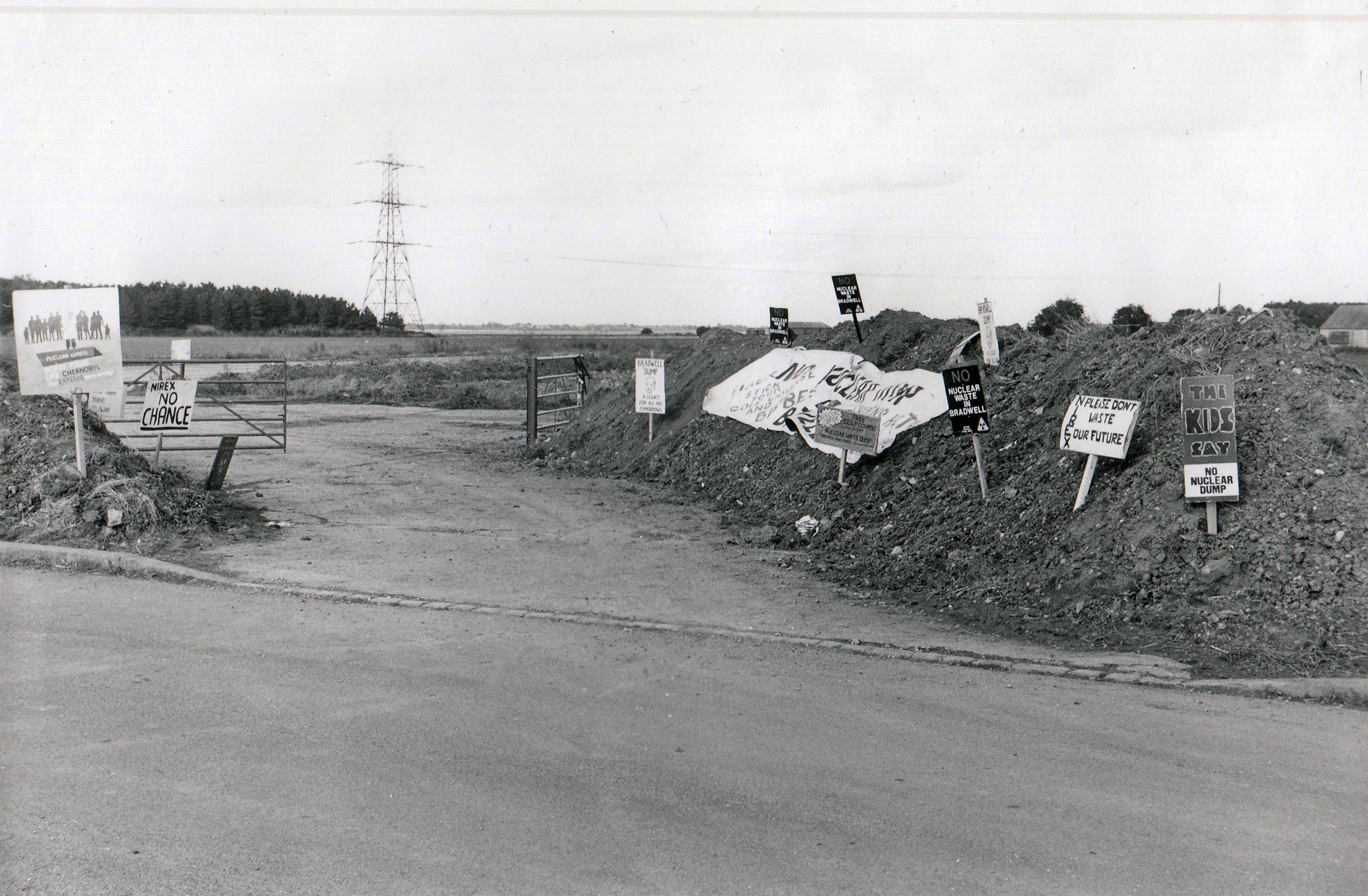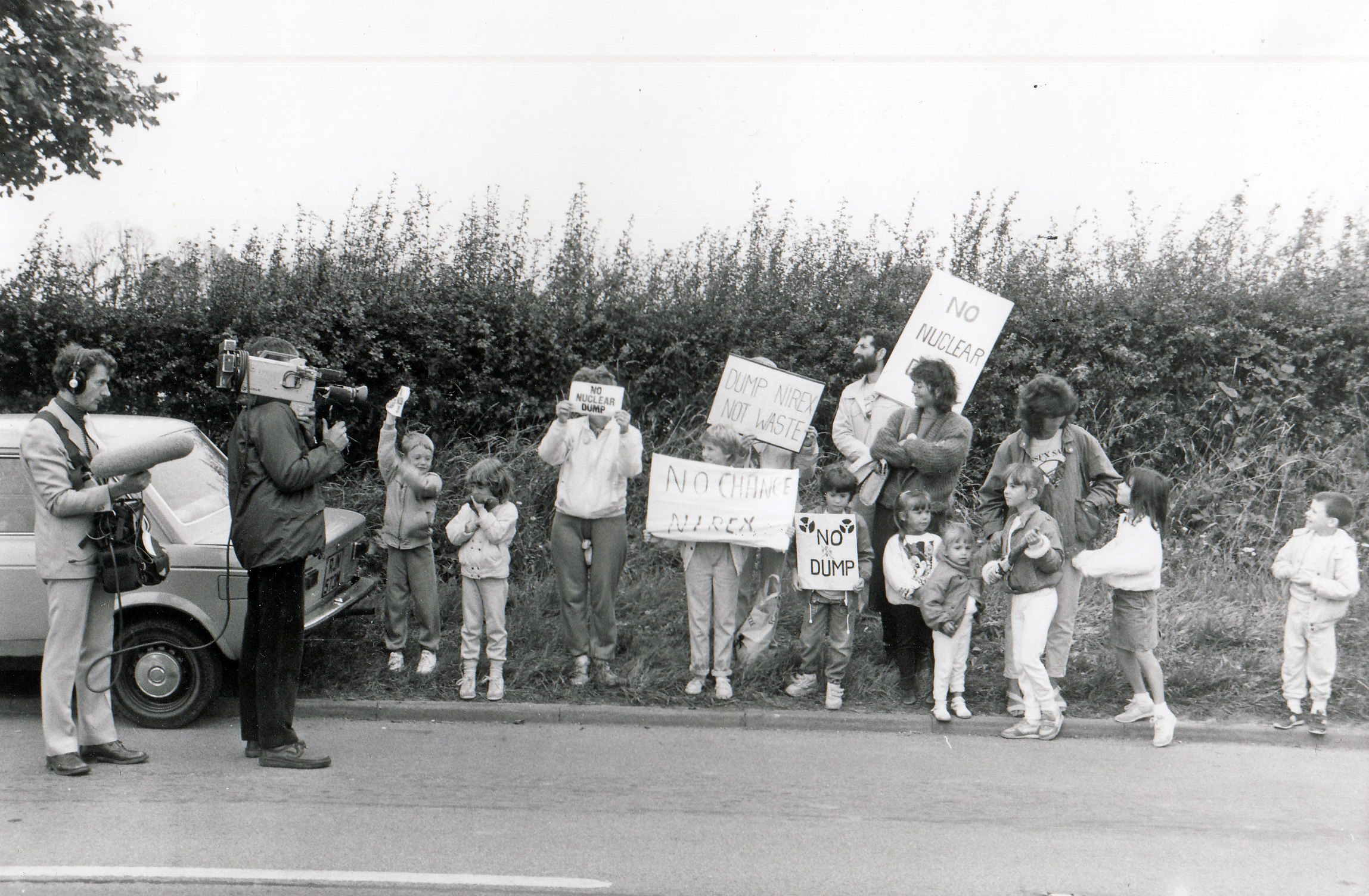
Autonomy in the Anthropocene is an on-going project specific to the geo-political context of Bradwell Nuclear Power Station, located at the mouth of the River Blackwater, Essex. It is principally concerned with the dichotomy of power generation methods attributed to this concentrated region and how, in effect, globalised nuclear culture is realised in a tangible and localised context through various interpretations of time, perspective and governance.
In its first iteration as an accumulative visual archive, it presents nuclear culture specific to this region in its broadest form in order to enquire upon the complexities of simultaneous and contradictory narratives that are gathered here in a representational space. This is with the intention to decentralise the role of the artist as author, and to work cooperatively. With this disparity in position, the project aims to consider various methods of resistance, critical dissemination, community and sovereign as a time specific response to the inclusion of Bradwell within the UK government's new nuclear programme and the possible development of a second generation nuclear power station.
With the longevity that this necessitates, the project will seek to work and implement itself in a socially embedded context, with particular emphasis on collaborative and cross-discipline initiatives. Evident across numerous media’s including video and archive material.
Nuclear Archive, 2016, Various media.



Bradwell Power Station
This presentation of material included a series official ephemera, publications and media distributed by the Central Electricity Generating Board who first commissioned Bradwell Nuclear Power Station in 1962. This was shown alongside a short video that relays the present tense of the decommissioned power station, managed in order to declassify Bradwell from a licensed nuclear site, and release it for a new use; remediated and returned to the natural landscape.




END (Essex Against Nuclear Dumping)
Similarly presented as a means to represent the discursive nature of energy production within this region, this part of the archive details a protest that took place in 1986 in relation to the nomination of Bradwell as a national repository for high level radioactive waste. Through the intense mobilization of a local community who created a temporary blockade, and a series of vigorous public engagement opportunities, Nirex (the nuclear industry body set out to review and nominate sites for the storage of radioactive waste in the UK) withdrew all proposals for Bradwell. This brings to light the present tense of the various perspectives that are held in relation to the nomination of Bradwell within the UK government’s new nuclear programme. If successful, Bradwell will be set for the development of a second nuclear power station that would be the first of it’s kind in western civilization.
With thanks to: Burnham Museum, Kevin Bruce, Essex Record Office, Andy Freeman, Focal Point Gallery, Angenita Hardy-Teekens, Warren Harper, The Othona Community and YoHa.